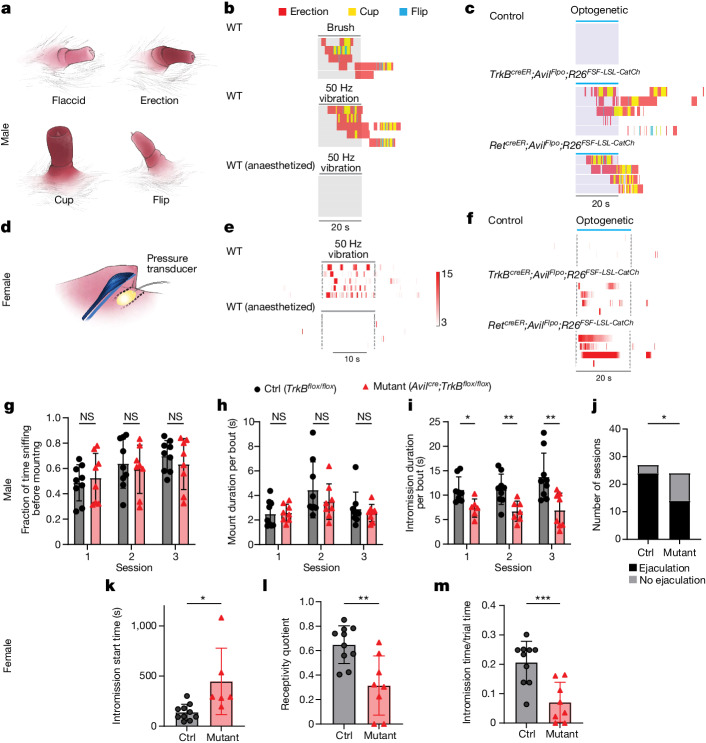Fig. 5. Krause corpuscles mediate normal sexual behaviours.
a, Illustrations of the four states of the mouse penis during sexual reflexes. b, Ethograms depicting the reflex responses of spinalized mice to brush and 50 Hz vibration of the glans penis while awake or anaesthetized. c, Responses to optogenetic stimulation (20 Hz, 2 ms pulses) of the penis of mice without opsin expression, mice expressing CatCh in TrkB+ sensory neurons and mice expressing CatCh in Ret+ fibres. d, Illustration of the method for assessing sexual reflexes in spinalized female mice, using a balloon placed at the vaginal opening. e, Heat maps of vaginal pressure during 50 Hz vibration applied to the clitoris of awake or anaesthetized female mice. f, Vaginal pressure in response to optogenetic stimulation of the clitoris in mice of the same genotype as in c. The colour bar indicates the fold increase relative to the s.d. of the baseline pressure for both e and f. g–i, Comparisons of the mating behaviours of control (n = 9) and TrkBcKO (n = 8) male mice: quantification of sniffing (g), average duration per mounting bout (h) and average duration per intromission bout (i) across three sessions that were at least 1 week apart. Statistical analysis was performed using multiple unpaired t-tests; *P < 0.05. j, Comparison of the number of sessions with successful ejaculation summed over the three sessions. Statistical analysis was performed using a Fisher’s exact test; P = 0.022. k–m, Comparisons of the mating behaviours of naturally cycling, experienced control (n = 10) and TrkBcKO (n = 8) female mice: start time of intromission (k), receptivity quotient (total intromission time divided by the sum of the total intromission and mounting time) (l) and intromission time divided by total trial time (m). Statistical analysis was performed using unpaired t-tests. For h, i and k–m, data are mean ± s.d. The diagrams in a and d were created by G. Park.

